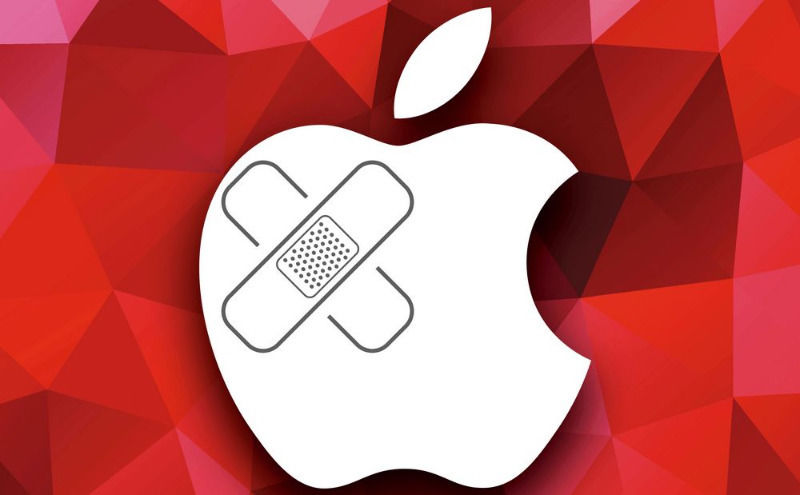The Cupertino giant has recently rolled out major update for those users who haven’t upgraded to iOS 15 yet. Specifically, Apple has released iOS 14.8.1 addressing multiple security bugs including a zero-day.
Apple iOS 14.8.1 Addressed Zero-Day and Other Bugs
According to the latest advisory from Apple, the firm has patched multiple vulnerabilities affecting iPhones/iPads prior to iOS 15.
The most noteworthy of these bugs is CVE-2021-30883 – a memory corruption bug affecting the IOMobileFrameBuffer component. It’s a kernel extension that the IOMobileFramework control for managing screen framebuffer.
Regarding the impact of the vulnerability, the advisory reads,
An application may be able to execute arbitrary code with kernel privileges.
Apple confirmed active exploitation of the bug in the wild.
Apple is aware of a report that this issue may have been actively exploited.
This patch is available with the iOS 14.8.1 update for devices not yet updated to iOS 15. As mentioned in the advisory, the devices eligible for this update include iPhone 6s and later, iPad Air 2 and later, iPad Pro (all models), iPad 5th gen and later, iPad mini 4 and later, and iPod touch (7th gen).
Though, iOS 15 users shouldn’t worry about this vulnerability since Apple has already patched it for them. Earlier this month, Apple released the iOS 15.0.2 emergency update fixing this bug.
Alongside this zero-day, iOS 14.8.1 also addresses numerous other vulnerabilities. A majority of these bugs could allow arbitrary code execution.
Some of these include CVE-2021-30907 – an integer overflow affecting audio that could lead to privilege escalation, CVE-2021-30917 – a memory corruption flaw that could allow arbitrary code execution by processing maliciously crafted image, CVE-2021-30919 – an out-of-bounds write leading to arbitrary code execution by processing malicious PDFs, and CVE-2021-30918 – a lock screen problem that allowed viewing restricted content from Lock Screen.
Apple addressed these issues following reports from different researchers. Now it’s up to the users to update their devices at the earliest.

